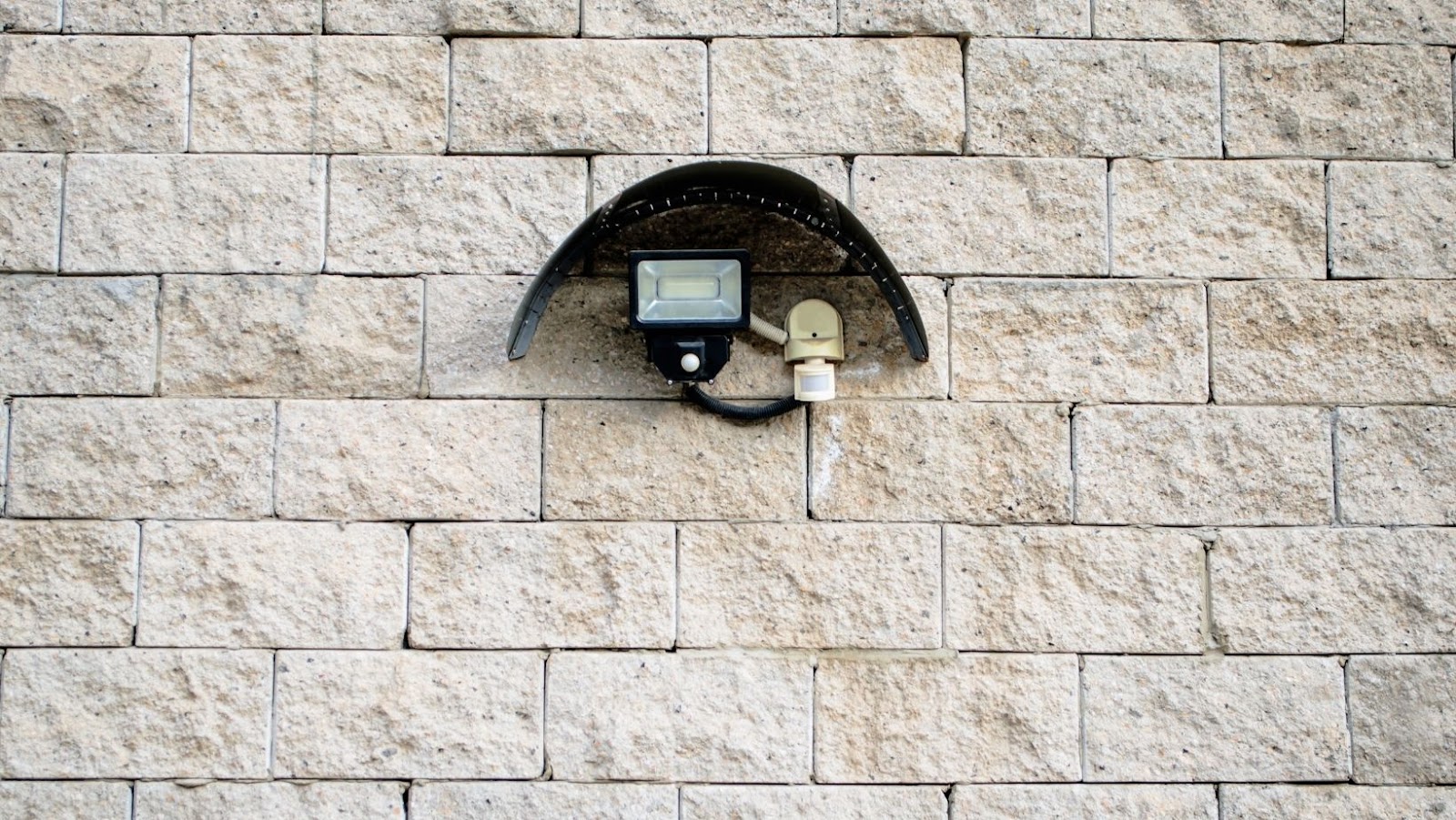
Motion sensors are an important part of any automated workspace. By automatically detecting the presence of people and objects, they can help prevent workplace accidents and improve efficiency.
When choosing a motion sensor for your workplace, there are a few things to keep in mind. First, consider the range you need. Some motion sensors have a very limited range, while others have a wide field of detection. Second, pay attention to the mounting options. Many sensors come with a variety of different mounting options, so you can choose one that fits your particular needs.
How to trick a motion sensor light to stay on
There are a few ways to do this. One is to use a photocell. This is a device that allows light to pass through when it is dark, and blocks it when it is light. By attaching a photocell to your motion sensor light, you can prevent the light from turning on during the day.
Another way to keep a motion sensor light on is to use a timer. This way, you can set the light to come on at a certain time, and turn off at another. This can be useful if you want the light to stay on for a specific period of time, such as overnight.
What is a motion sensor and how does it work?
A motion sensor is a device that detects movement and changes in light. It uses these inputs to determine when people or objects are present within its field of detection, and triggers an action accordingly. The way that a motion sensor works depends on the type of sensor being used, but generally follows one of two main principles: passive infrared (PIR) sensors and ultrasonic sensors. PIR sensors use changes in infrared radiation to detect movement, while ultrasonic sensors use high-frequency sound waves to do the same. Both of these sensing principles have their own advantages and disadvantages, which must be taken into account when choosing a motion sensor for your workplace.
Types of motion sensors
There are many different types of motion sensors available on the market today, each with their own strengths and weaknesses. Some common types of motion sensors include PIR motion detectors, ultrasonic motion sensors, microwave motion sensors, infrared beam sensors, and area occupancy detectors. When choosing a motion sensor for your workplace, it is important to consider which type of sensor will best suit your needs.
Benefits of using motion sensors in the workplace
There are many benefits to using motion sensors in the workplace. For one thing, they can help prevent workplace accidents by automatically triggering safety measures such as emergency alarms and safety locks when people or objects enter restricted areas. In addition, they can help improve efficiency by automating certain tasks, such as turning on lights when people enter a room. And finally, they can help optimize energy usage by turning off lights and other devices when they are not needed. Overall, using motion sensors in the workplace offers a wide range of benefits that can help improve productivity and safety while reducing costs.
How to choose the right motion sensor for your workplace
When choosing a motion sensor for your workplace, there are a few things to keep in mind. First, consider the range you need. Some motion sensors have a very limited range, while others have a wide field of detection. Second, pay attention to the mounting options. Many sensors come with a variety of different mounting options, so you can choose one that fits your particular needs. Finally, think about the other capabilities you may need, such as sensing specific types of motion or interfacing with other devices. By taking these factors into account, you can choose a motion sensor that will provide the right level of protection and functionality for your workplace.



